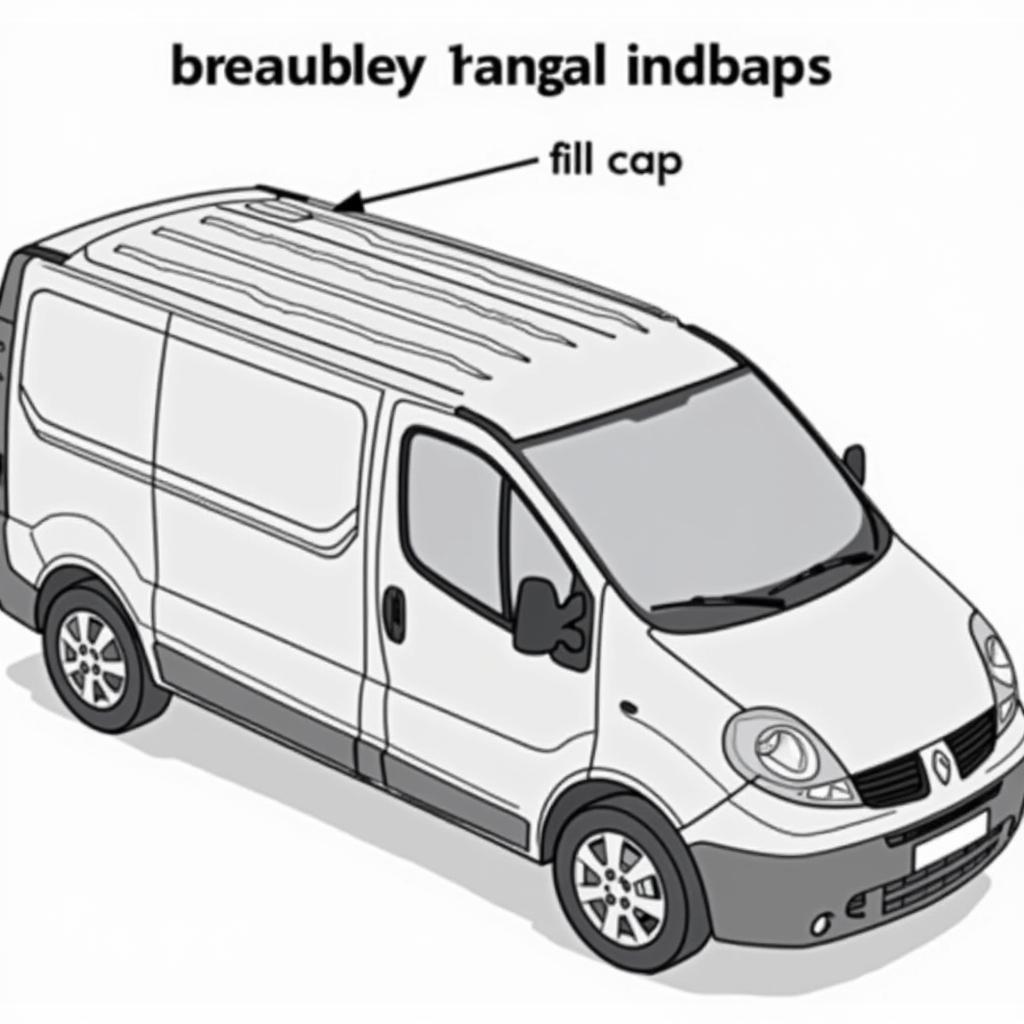Resetting the brake pad warning light in your BMW can often seem daunting, but with the right knowledge and tools, it’s a manageable task. This guide provides a comprehensive overview of how to reset brake pad warning BMW, covering various models and common issues. We’ll explore both manual and software-based solutions, empowering you to address this issue effectively. Learn how to diagnose the problem, understand the underlying causes, and execute the reset procedure safely and correctly.
Knowing when and how to reset the brake pad warning light is crucial for maintaining your BMW’s safety and performance. While this guide offers detailed instructions, consulting a qualified technician is always recommended for complex issues or if you’re unsure about any steps. For a model-specific guide on the BMW 3 series, you can check out this helpful resource: reset brake pad warning bmw 3 series.
Understanding the BMW Brake Pad Warning System
The brake pad warning light is a vital safety feature, alerting you when your brake pads are worn and require replacement. Ignoring this warning can lead to compromised braking performance and potential safety hazards.
Why Does the Warning Light Come On?
The warning light is triggered by sensors embedded within the brake pads. These sensors detect when the pad thickness reaches a critical level, signaling the need for replacement. However, the light can also be activated due to faulty sensors, wiring issues, or even a low brake fluid level.
“Regular brake inspections are essential, even if the warning light hasn’t illuminated. This proactive approach ensures optimal braking performance and prevents unexpected issues,” advises Michael Schmidt, a senior automotive diagnostics specialist at Bavarian Auto Solutions.
What Happens if I Ignore the Warning?
Ignoring the warning can lead to severe consequences, including metal-on-metal contact between the brake rotor and caliper, resulting in costly damage. Reduced braking efficiency can also compromise your ability to stop quickly in emergencies.
Manual Reset Methods for BMW Brake Pad Warning
Several BMW models allow for manual resets after replacing the brake pads. These methods typically involve a specific sequence of button presses and key turns within the vehicle. However, these methods can vary significantly between different BMW models and years.
How to Perform a Manual Reset (General Steps)
While the exact procedure differs, the general steps for a manual reset usually involve turning the ignition to position two (without starting the engine), pressing and holding specific buttons (often related to the odometer or trip reset), and then following on-screen prompts.
Common Issues with Manual Resets
Manual resets can sometimes be tricky and may not work if there are underlying issues with the sensors or wiring. If the manual reset fails, it’s crucial to diagnose the problem further before attempting other solutions. For instance, you might find specific instructions for the BMW 325i helpful: bmw 325i brake pad warning light reset.
Software-Based Reset for BMW Brake Pad Warning
For newer BMW models, or situations where the manual reset isn’t working, software-based reset tools offer a more reliable and precise solution. These tools connect to the vehicle’s onboard diagnostic port (OBD-II) and allow for direct communication with the car’s computer system.
Advantages of Using Diagnostic Software
Diagnostic software allows you to pinpoint the exact cause of the warning light, whether it’s worn pads, a faulty sensor, or another issue. It also provides a more efficient and accurate reset process, eliminating the guesswork involved in manual methods.
Recommended Software and Tools
Several reputable diagnostic software options are available for BMWs, ranging from professional-grade tools to affordable consumer versions. Choosing the right software depends on your technical expertise and the specific tasks you intend to perform. For specific models like the 320d, you can find dedicated guides like this: reset brake pad warning light bmw 320d.
When to Seek Professional Help
While resetting the brake pad warning light can often be a DIY task, there are instances when professional assistance is necessary. If you’re uncomfortable working with car electronics or if you suspect a more complex issue beyond worn brake pads, consulting a qualified technician is always the best course of action.
“Don’t hesitate to seek professional help if you encounter difficulties. Attempting complex repairs without the proper knowledge and tools can lead to further damage and higher repair costs,” says Anna Koenig, a certified BMW technician with over 15 years of experience.
Conclusion
Resetting the brake pad warning in your BMW is a necessary maintenance task. Understanding the process, whether manual or software-based, empowers you to address this issue effectively. Remember to prioritize safety and consult a professional when needed. For further assistance, you can explore this comprehensive guide: how to reset brake pad warning light on bmw. Addressing this warning promptly ensures optimal braking performance and contributes to a safer driving experience. For the F30 model, check out: bmw f30 brake pad warning reset.

